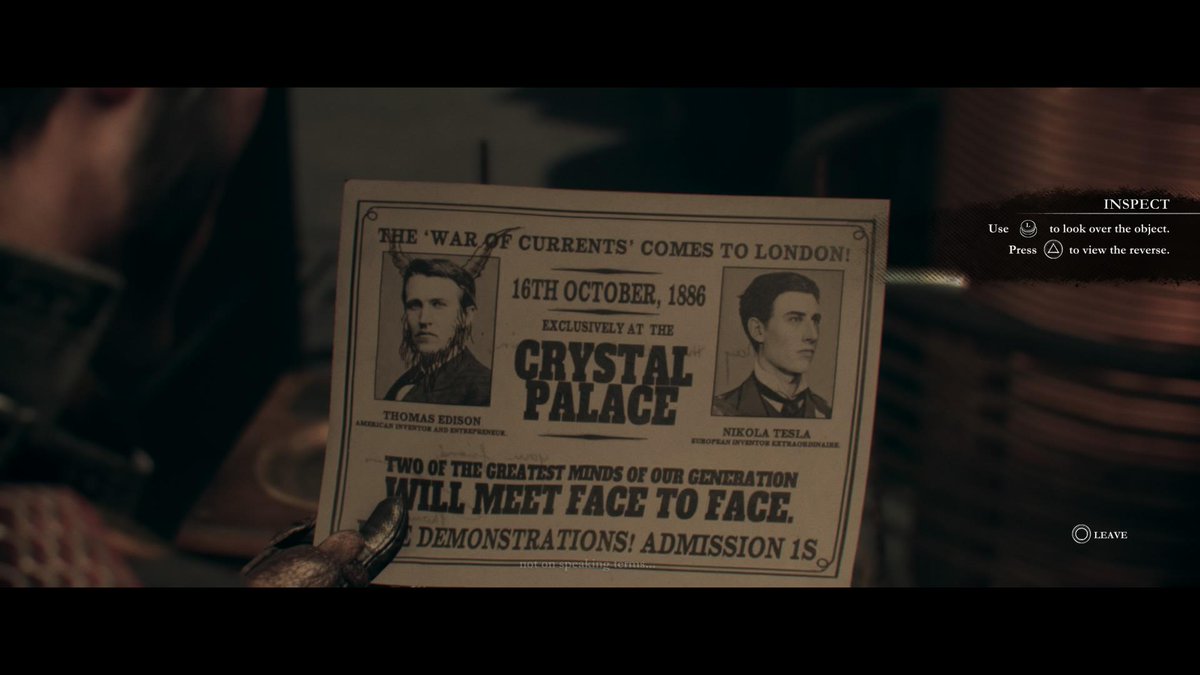As an archivist, I spend a lot of time thinking about documentation, what makes one document indicative of one period or another, what makes the probable date of a photograph be the 1890s instead of the 1870s, what makes this computer file the authentic copy that the donor wanted to send me, versus some weird copy I got off a disk. Basically, I think about the things that make something real.
Authenticity is important in a host of areas, from relationships (is this person being honest with me?), to websites (What do you mean the certificate isn’t good?), to what your aging relatives say (I’m pretty sure the internet isn’t a series of tubes…). It is especially important in academia, and storytelling. Writers have this mostly down already. There’s a whole host of ways to fact check your latest story. There are communities dedicated to checking to see if a story “feels” real. No one expects a 1:1 relationship to reality in fiction, so the feeling of authenticity is especially important. I would argue that it is one of the things that drags you into the world.
Games however, sometimes seem to miss this, which drives me up the wall. As someone who spent her early years steeping in history like the world’s strongest tea, watching games tackle various time periods (and/or fantasy worlds) nearly always ends badly, which baffles me, because it’s easy to find various pieces of evidence that will make your world more realistic. Basically, if you’re making a game located in the last 200 years or so, you have documentation of what it was like back then, often with photographs, or plates, you have newspapers, diaries, invitations, pieces of clothing, artifacts… There’s no excuse to miss this stuff.
I’m going to pick on The Order 1886 (Located in a real time period, in a fantasy London), since it started this whole line of thought.
Ironically, the production designers for The Order did see old photographs from London:

Which is pretty nifty. That looks like Big Ben. Good job.
Let’s ignore the landmarks and look at some street views of London:

Ok, there’s a lot going on here.
First, let’s talk about what they did right.
-The post box is pretty much correct. It might not be 100% accurate, but it’s A.) close enough, and B.) an important recognizable marker of modern British life.
Except it doesn’t entirely feel authentic.
This place is way too tidy. It feels sanitized. There are no homeless children ( a HUGE issue during this period). This looks like England a la Epcot.
The building on the far left is probably more at home in 1930 than 1880. The overhanging thing looks more French than British.
Weirdly enough, the designers made the woman’s dress wider than it was, showing a lack of restraint in skirt width that fashionable member of 1886 society would have found old fashioned, but I’m tempted to give them a pass on this since I’ve never seen a video game render a skirt well. Still, one would suspect it would be easier to design an authentic skirt and it’s movement than a wider skirt. The gentleman on the right is wearing hunting clothing(?) which makes him look out of place on a city street.
There’s a few markers here, but the one that struck me immediately were the fonts. They don’t look right. They look very modern. for example, here’s an 1890s picture of Elephant and Castle.

While modern design prides itself on it’s cleanness and simplicity, the Victorians did not seem to care for ANY of that. Look at all that text. All those fonts. The game image? It shows restraint, something that Victorian sign makers clearly didn’t think applied to them.
Again with the fonts:

Look at that white space. Look at those photographs (probably too expensive to print which is why there aren’t a lot of photographs on extant mass media). Here’s a flyer for an event taking place 4 years later.

I could go on and on with this stuff.
If your story or game play are good, then you can maybe be less accurate in your portrayal of a time period of location. Little details can make or break an environment, and when you ignore them in favor of something else (The Order 1886 did not receive glowing reviews), then you’re basically saying you don’t care if the world is believable. People want to enjoy themselves and will give you the benefit of the doubt. If your story or game play are not great, focusing on the world building details can help people gloss over the problems (see: Bioshock Infinite).
Authenticity matters, especially if you want to tell a story. This has always been the case. Stories are great because part of us wants to believe that they are true, even if the story is as implausible as werewolves and magic in London. Anything that pulls the audience out of the world will damage your ability to tell a story or create an experience. People who tell stories must be aware of that and understand the important role it plays in hooking an audience.
Image sources are as follows
- Image from The Order 1886‘s website.
- In game still from The Order 1886.
- Elephant and Castle intersection, taken from playingintheworldgame.wordpress.com. If someone could provide a better citation or repository, that would be wonderful.
- In game still from The Order 1886.
- From the Jewish Museum, London. Image taken from http://www.theguardian.com/politics/gall/0,,1443388,00.html